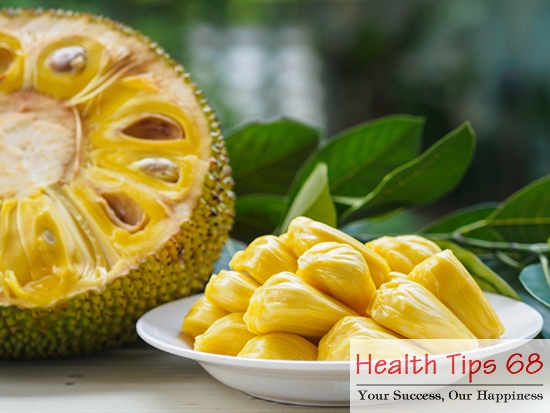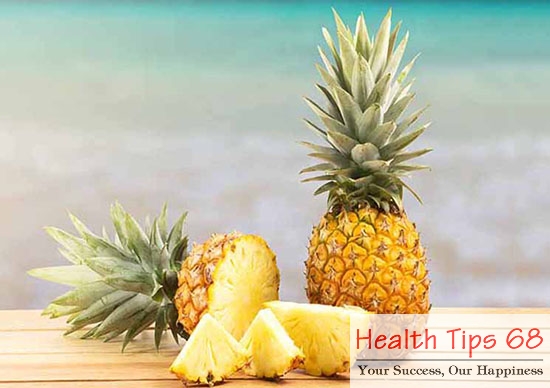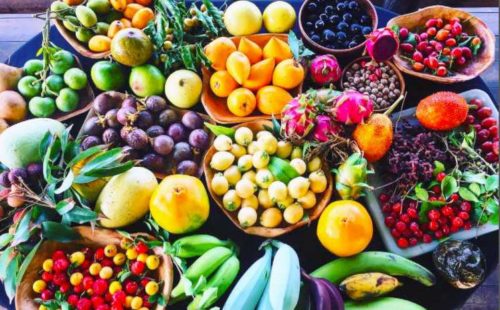What is exotic fruit? Are all exotic fruits edible?
There is a whole world of strange and amazing exotic fruit to be explored from all exotic parts of the globe stretching from the far east of Asia to the jungles of South America. So, what is exotic fruit? You will surely recognize some but be amazed by many fruits that are out there.
The first thing that comes to mind when we talk about exotic fruits is fruit such as coconuts or passion fruit. But as it turns out, they are commonly found in markets all around the USA and Europe despite being grown in exotic places.
What is exotic fruit?
It’s no surprise that some fruits aren’t as available to common market simply because some of the factors that go in production and distribution of exotic fruits which include:
– Most of the exotic fruits are of tropical origin and are sensitive to refrigeration. Meaning – they don’t have a long shelf-life.
– Because these fruits are from regions far away from consumer markets and that they have short shelf-life, shipping is only possible by air transport. Which is expensive.
– Many of these fruits are infested with pests which require a legal treatment before shipping.
Taking into consideration these factors, it’s not hard to understand why many of these fruits simply are hard to find at your local store. And, a bit costly, to be honest!
Nonetheless, some exotic fruits, for example, avocados, papayas, mangoes, passion fruit, and others are indeed found in most markets simply because they have been introduced and consumed for more than 40 years in places like the US and Europe.
This means that, if a certain type exotic fruit is introduced in these markets, it will eventually be shipped for those markets if the demand meets the requirements.
Are all exotic fruits edible?
Most of them are depending on which part of the fruit you eat but some seeds of the fruits are dangerous and it’s nothing unusual because it’s quite normal with common fruit as well.
For example, 100ml of yellow star fruit juice may be harmful to people who are suffering from kidney problems and the brown seed in Lychee fruit is known to be poisonous.
Common Exotic Fruits
Some of the exotic fruits that you’re sure to find in your local supermarket include :
– Jackfruit : Jackfruit is the largest tree-borne fruit in the world. One jackfruit can grow up to 80lbs in weight. It is a starchy fruit with a subtle sweetness, and a flavor that is similar to a combination between banana and apple.

The jackfruit is best served cooked, when it takes on the flavor of other ingredients. In the US, jackfruit has become a popular option for vegans, who use it as a meat substitute.
Probably the only one of the exotic fruits you can find in tacos menu.
As to where to find it, look at the Asian groceries. They usually sell it fresh, either whole or by the slice.
– Durian : In Southeast Asia, this fruit is called “King of Fruits”. And you can understand why. The large and spiky fruit is famous for its savory smell. Those who have tried it, describe the aroma and smell as fried onions. In Asia, the durian is loved. Some foreigners have troubles stomaching the smell, but it is worth trying at least once.

I recommend cracking the durian as your last dish, so it doesn’t interfere with other flavors. I’ve heard some descriptions like “garlic pudding”, and I am sure you can find some ways to cook and eat it. You can find a durian in Asian grocery stores. It is available whole and frozen.
– Dragon fruit : Another of those exotic fruits that are gaining popularity in recent years. You can find some dragon fruit in well-stocked grocery stores in the Asian markets. The dragon fruit is not as rare as other exotic fruits.

Because of its look, the dragon fruit is widely known as “white papaya”. It has a similar texture to a kiwifruit. The dragon fruit is a colorful red and green cactus with white flesh spotted with tiny black seeds.
Native to Mexico, the dragon fruit also grows in Asia and Latin America. The seeds are also edible, and the fruit tastes like a mix of pear, watermelon, and kiwifruit. In terms of health benefits, dragon fruit is a great source of fiber, vitamin C, calcium, and vitamin B, all while being low in calories.
– Cherimoya : At first glance, this fruit might not look appealing. However, cut it in half, and you’ll be wooed by the amazingly delicious flesh. I am sure you’ll want more of it.

The fruit is native to South America. In recent years, cherimoya has traveled to Europe and other warm climates. The flesh is creamy, and has a custard-like texture. Some people refer to it as the “custard apple”.
Unlike durian, cherimoya is actually quite tasty and delicious. The taste is a combination of pineapple, strawberry, and banana. Latin America style markets always have some cherimoya.
– Pineapple : Originated from South America but is now grown worldwide and the leading region of pineapple production today in Southeast Asia.

– Kiwi : The kiwi is actually native to China but has been cultivated all around the world and especially New Zealand where it got its name from because it resembles the kiwi bird.

– Pomegranate : It traces back to the Middle East in areas of Afghanistan and Iran and also in the Himalayas, and was later produced in the Mediterranean and the Caucasus but since the 18th-century Spanish settlers have introduced it into the Americas specifically Latin America and California.

Keep in mind that although these fruits aren’t considered much exotic but back in the day when they were first introduced to Europe and America they were looked at as exotic.
________________________________________________________________________________________Đầu tư là gì? Kiến Thức Đầu Tư Chứng Khoán Quan Trọng Nhất Trong Quá Trình Đầu Tư?
Mở tài khoản chứng khoán TechcomBank nhanh chóng, thuận tiện giao dịch, bảo mật tuyệt đối.
Đầu Tư Chứng Khoán Xu Hướng Đầu Tư 2021 Hướng dẫn kiếm tiền từ đầu tư chứng khoán
Khóa Học Đầu Tư Chứng Khoán - Khóa học chứng khoán online (miễn phí) cho người mới bắt




